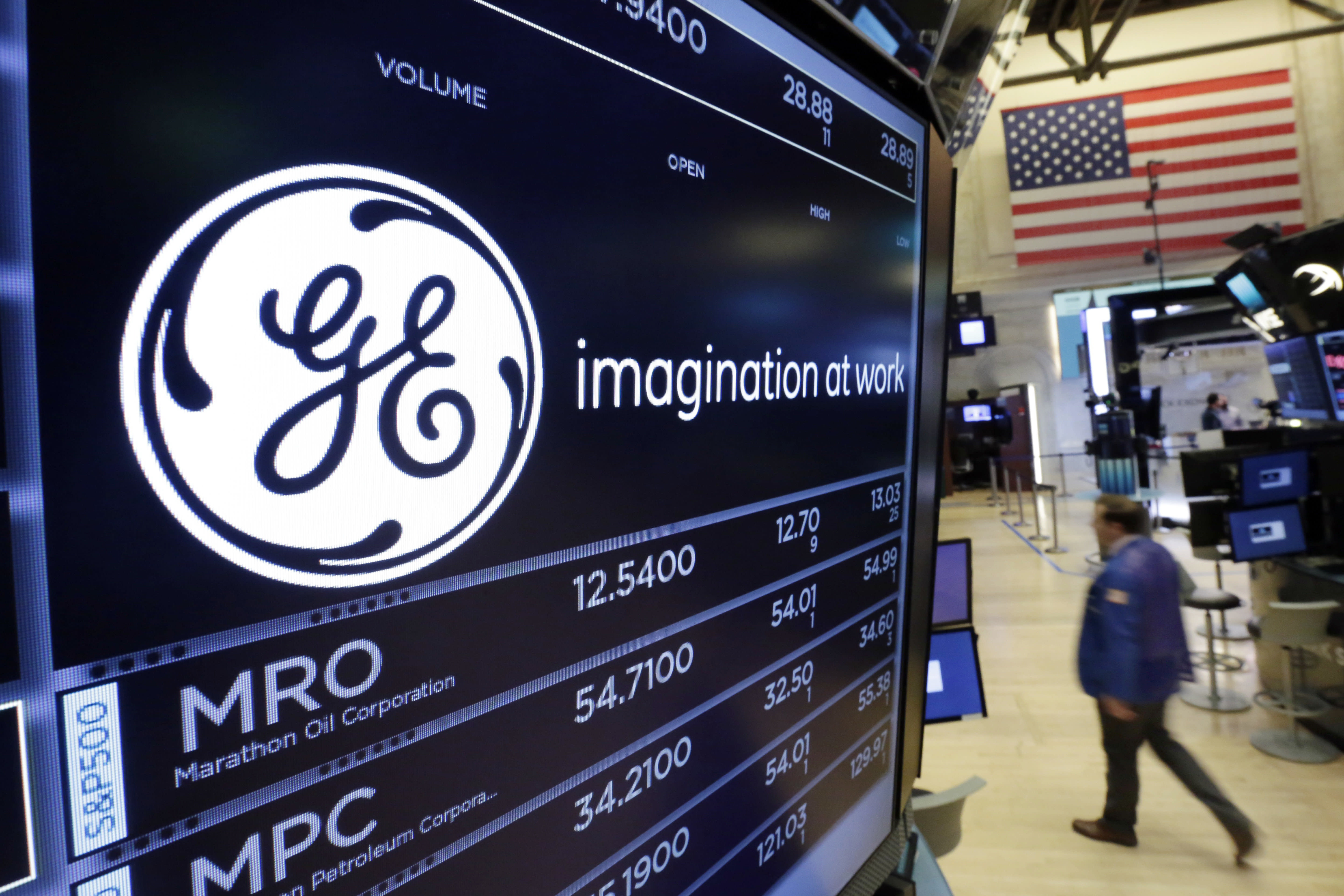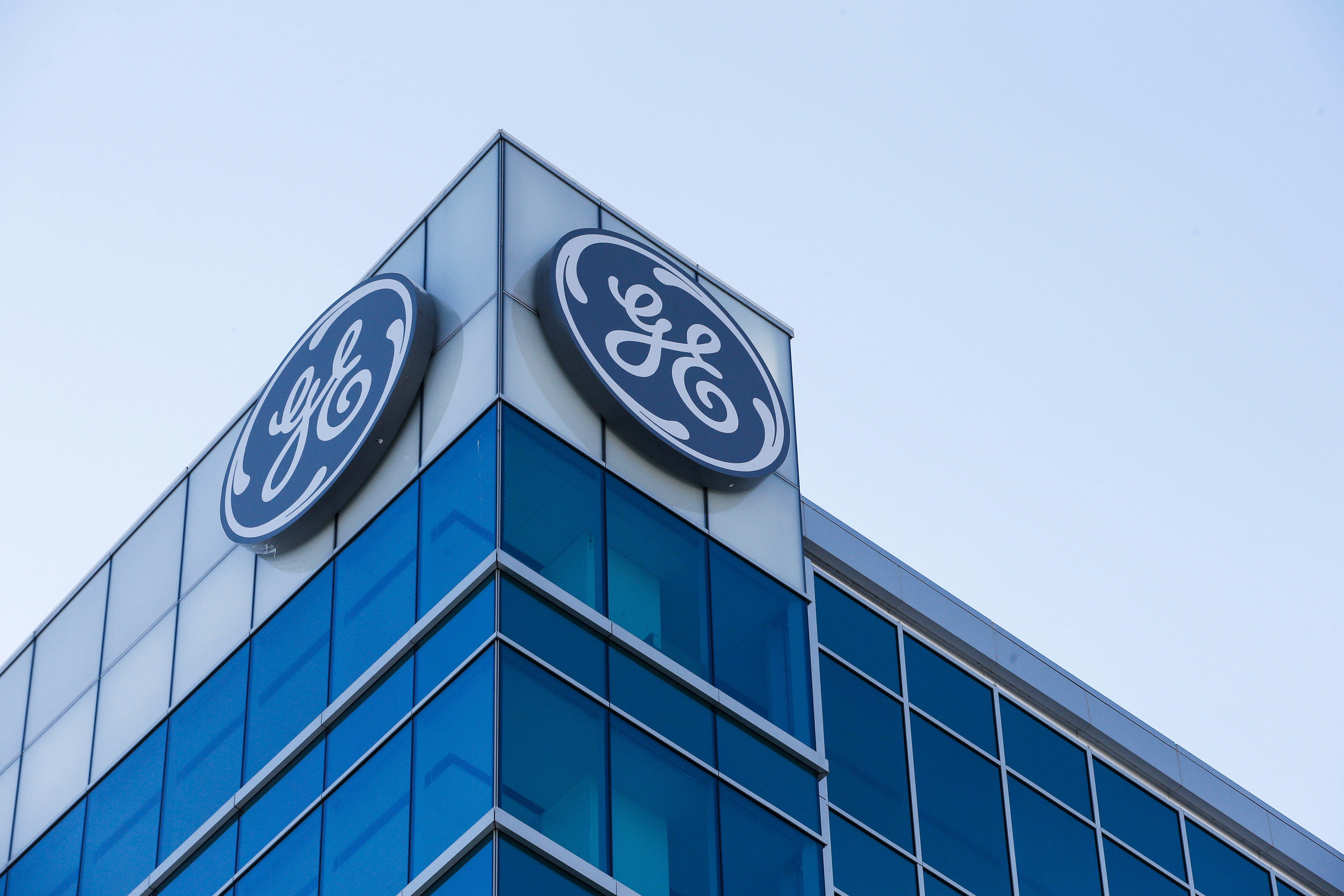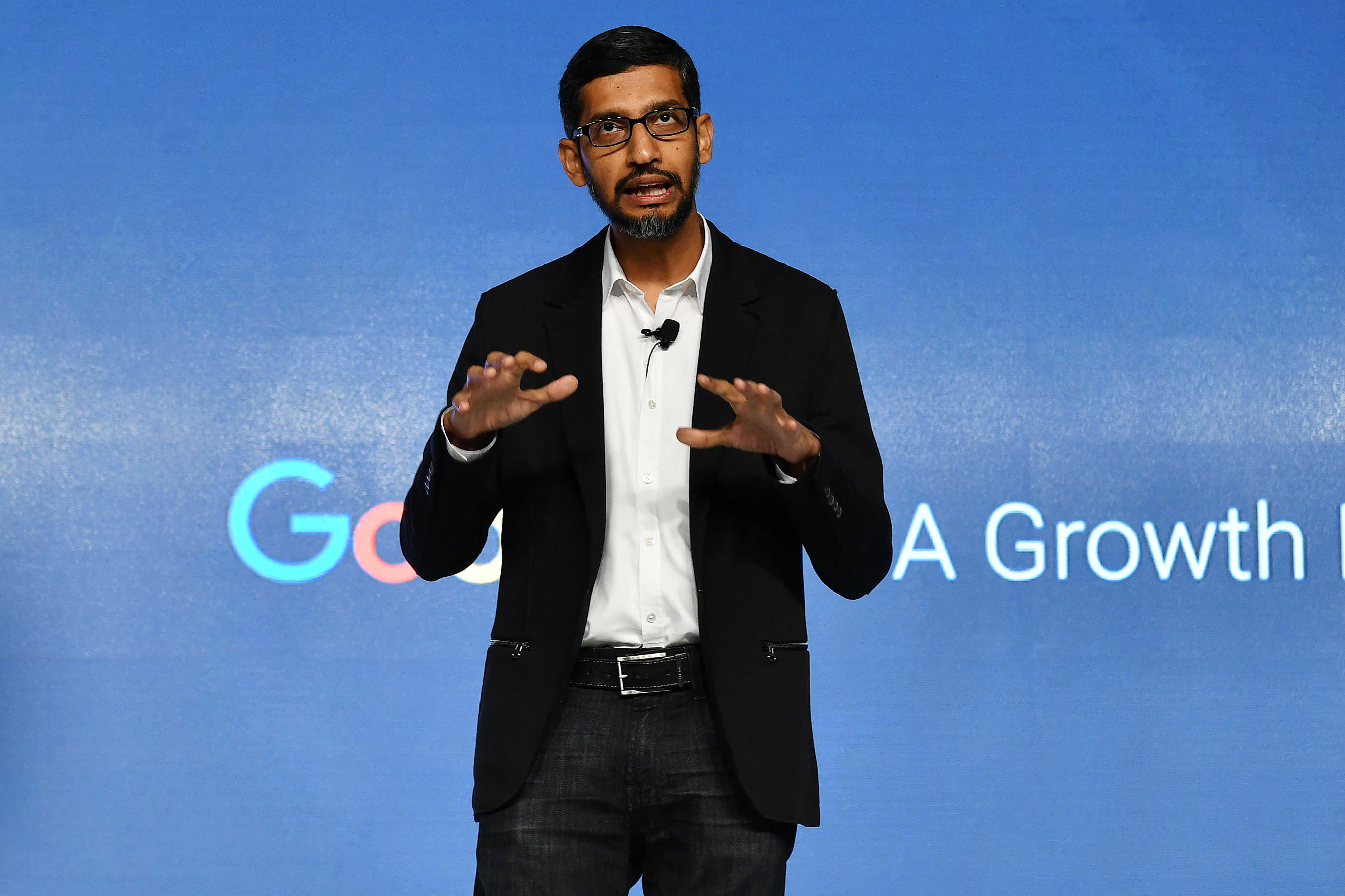 © Reuters. Traders work on the floor at the NYSE in New York
© Reuters. Traders work on the floor at the NYSE in New York
By Shreyashi Sanyal and Amy Caren Daniel
(Reuters) - U.S. stocks rose on Monday, with the and the Nasdaq hitting record highs, as consumer spending rose in March and benign inflation data underscored the Federal Reserve's accommodative stance on interest rates.
Hopes of a trade resolution, upbeat earnings and a dovish Fed have been powering a rally in the benchmark index this year. The index crossed its record high of 2,940.91 hit on Sept. 21 for the first time this year, restoring investors' faith in the decade-long bull run.
A Commerce Department report showed U.S. consumer spending increased by the most in more than 9-1/2 years in March, but price pressures remained muted, with a key inflation measure posting its smallest annual gain in 14 months.
Tame inflation may lead the central bank to cut interest rates, White House economic adviser Larry Kudlow said in a television interview on Monday.
"We're in a sweet spot where the rates are low and the economy is strong and there is no possibility of rates rising, and that is an environment that markets like," said Paul Brigandi, managing director and head of trading at Direxion in New York.
"The strength of the consumer and the overall economy doing well leads to strength in banks as a strong consumer leads to more lending activity."
Financial companies rose 1.41%, leading gains among the 11 major S&P sectors, while the banking sector gained 2.12%.
The Federal Reserve starts a two-day meeting on Tuesday, at the end of which a decision on interest rates will be announced.
In yet another busy week of earnings, about 160 S&P 500 companies, including Google-parent Alphabet (NASDAQ:) Inc and Apple Inc (NASDAQ:), are set to report their quarterly results.
Analysts now expect profits of S&P 500 companies to fall just 0.2%, a sharp improvement from a 2% fall estimated at the beginning of the month, according to Refinitiv data.
As trade talks enter their last leg, U.S. negotiators head to China on Tuesday to try to hammer out details to end the protracted tariff spat between the two countries.
At 13:04 p.m. ET the was up 34.32 points, or 0.13%, at 26,577.65. The S&P 500 was up 7.45 points, or 0.25%, at 2,947.33 and the was up 21.29 points, or 0.26%, at 8,167.69.
The defensive utilities and real estate, led the declines among the seven major S&P sectors trading in the red.
Among stocks, Ingersoll-Rand jumped 5.93%, the most among S&P companies, after the Wall Street Journal reported Gardner Denver Holdings Inc is nearing a deal to acquire a unit of the air conditioner maker.
Advancing issues outnumbered decliners by a 2.01-to-1 ratio on the NYSE and by a 1.83-to-1 ratio on the Nasdaq.
The S&P index recorded 36 new 52-week highs and no new low, while the Nasdaq recorded 69 new highs and 19 new lows.
Let's block ads! (Why?)
https://www.investing.com/news/stock-market-news/stock-futures-edge-lower-ahead-of-inflation-data-1849226
2019-04-29 16:26:00Z
52780280536278


 Bloomberg News/Landov
Bloomberg News/Landov








